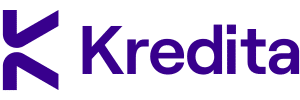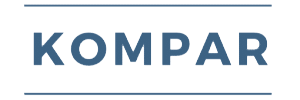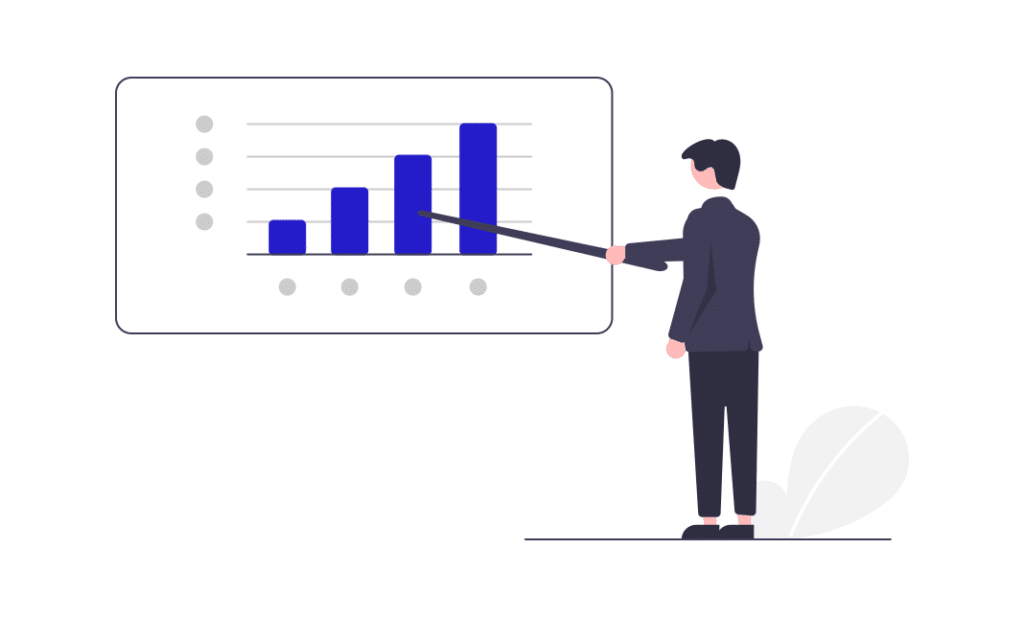Get a Buiseness loan today
Business loans Finland
Free, 100% digital business loan comparison
Save money with lower interest rates
Instant answers from up to 23 Finnish lenders
Recommended (EN Version)

Amount
EUR 5.000 – 500.000
Term
1-18 months
Interest rate
individual
Verified Company
Quick application process
Money in your account within 24 hours

Amount
EUR 5.000 – 3.000.000
Term
1-60 months
Interest rate
Individual
Verified Company
100% Free and non-binding application
Dedicated loan advisor

Amount
EUR 500 – 10.000.000
Term
1-120 months
Interest rate
Individual
Verified Company
100% Free application
Same day answer
*Example: When the loan amount is €10,000, the interest rate is 7%, the repayment period is 12 months and the opening fee is €0, the monthly installment is €865.27, the amount to be repaid is €10,383.24 and the effective annual interest rate is 7.23%.

Amount
EUR 5.000 – 3.000.000
Term
1-48 months
Interest rate
Individual
Verified Company
Apply for a business loan in a few min
Receive money same day

Amount
EUR 1.000 – 5.000.000
Term
12-240 months
Interest rate
Individual
Verified Company
Fast and easy application
Loan within 24 hours
*Loan example: When the loan amount is €10,000, the interest rate is 7%, the repayment period is 12 months and the opening fee is €0, the monthly installment is €865.27, the amount to be repaid is €10,383.24 and the effective annual interest rate is 7.23%.

Amount
EUR 2.000 – 250.000
Term
2-24 months
Interest rate
Individual
Verified Company
Apply for a business loan in a few min
Up to 3 interest free months
*Example calculation of a typical loan: Loan amount €20,000, payment term 24 months, origination fee 4.5% and monthly installment €1,036.96.

Amount
EUR 1.000 – 350.000
Term
1-60 months
Interest rate
Individual
Verified Company
Fast and easy application
Loan within 24 hours
Business loans in Finland provide essential financial support to companies looking to start, expand, or sustain their operations. These loans are designed to cater to various business needs, from purchasing equipment to funding expansion or smoothing out cash flow fluctuations.
Different lenders offer a range of products, including term loans, lines of credit, and invoice financing, each with its own terms and suitability for specific business scenarios.
The Different Types of Business Loans
In Finland, businesses have access to a variety of loan types, each designed to support different aspects of business operations. From term loans for long-term investments to flexible lines of credit for managing day-to-day expenses, understanding the nuances of each loan type is crucial for business owners seeking the right financial solution.
Term Loans
Term loans are a common financing option for Finnish businesses, providing a lump sum of money that is repaid over a set period. These loans are ideal for funding significant one-time expenses such as expanding facilities, purchasing major equipment, or investing in new product development. The interest rates can be fixed or variable, and the repayment period typically ranges from one to ten years, depending on the loan’s purpose and the lender’s terms.
The approval process for a term loan involves a thorough review of the business’s financial health, including revenue, profit margins, and credit history. Securing a term loan can be more challenging for new businesses without an established financial track record, making it a more suitable option for well-established companies.
Lines of Credit
Lines of credit offer businesses a flexible borrowing option, where they can access funds up to a certain limit as needed, paying interest only on the amount used. This type of loan is particularly useful for managing cash flow fluctuations, covering short-term operational costs, or addressing unexpected expenses.
Unlike term loans, lines of credit are not typically used for major capital investments. They serve as a financial safety net, allowing businesses to draw on funds when necessary and repay them, often at a variable interest rate, as cash flow permits. The flexibility and convenience of lines of credit make them a popular choice among Finnish businesses seeking to maintain financial stability.
Working Capital Loans
Working capital loans in Finland are designed to cover the day-to-day operational costs of a business, such as payroll, rent, and inventory purchases. These loans are typically short-term and are not meant for long-term investments or major purchases. They provide businesses with the liquidity needed to handle operational fluctuations and maintain smooth operations.
The eligibility for working capital loans often depends on the business’s creditworthiness, operational history, and current financial health. These loans can be crucial for businesses facing seasonal demand changes or those needing to bridge a temporary gap in cash flow, ensuring they can continue operating effectively without compromising their financial stability.
Equipment Loans
Equipment loans in Finland are specifically targeted at financing the purchase of new or used business equipment. These loans are secured by the equipment itself, which means the equipment acts as collateral for the loan. This can often lead to more favorable loan terms, including lower interest rates and longer repayment periods, compared to unsecured loans.
Businesses looking to purchase machinery, vehicles, or other types of equipment can benefit from equipment loans, preserving their working capital for other expenses. The loan amount typically covers a significant portion of the equipment’s purchase price, and the repayment term often aligns with the expected lifespan of the equipment, ensuring that the financial burden is spread out over the useful life of the asset being financed.
Invoice Financing
Invoice financing allows businesses to borrow against the value of their outstanding invoices, providing immediate cash flow to support operations while waiting for customers to pay. This type of loan is beneficial for businesses with longer invoice payment cycles, helping them manage the gap between billing and receiving payment.
With invoice financing, businesses can access a significant portion of the invoice amount upfront, typically paying a fee to the lender when the customer settles the invoice. This financial solution is particularly appealing to companies that experience seasonal sales fluctuations or that need to stabilize cash flow to ensure continuous operation.
Each of these business loan types offers unique advantages and considerations, and the right choice depends on the specific needs and circumstances of the business. Understanding these options allows Finnish business owners to strategically leverage financial products to support and grow their operations.
Factors Considered for a Business Loan

When applying for a business loan in Finland, lenders evaluate several key factors to assess the risk involved in lending and to determine the loan terms. Understanding these factors can help businesses prepare their loan applications more effectively, enhancing their chances of approval.
- Credit History and Score: Lenders will review the business’s credit history and score to gauge its repayment reliability.
- Business Plan and Viability: A solid, realistic business plan is crucial, showing lenders how the loan will be used and the business’s potential for growth.
- Financial Statements: Profit and loss statements, balance sheets, and cash flow statements provide insights into the financial health of the business.
- Collateral: Offering assets as collateral can influence loan terms, particularly for larger loans or lower interest rates.
- Industry Experience: Lenders consider the business owner’s experience in the industry as an indicator of the business’s ability to succeed.
- Market Conditions: The current market and economic conditions can affect the perceived risk of the business.
- Debt-to-Income Ratio: This ratio shows how much of the business’s income goes towards repaying existing debts, indicating its capacity to take on new debt.
- Legal and Compliance Status: Ensuring that the business complies with all relevant laws and regulations is essential for loan approval.
How to Apply for a Business Loan
Applying for a business loan in Finland requires careful preparation and understanding of the lender’s requirements. The process involves several steps to ensure that both the lender and the borrower have a clear understanding of the terms and conditions of the loan.
- Assess Your Needs: Clearly define why you need the loan, how much you need, and how you plan to repay it. This clarity will help in choosing the right type of loan and lender.
- Prepare Your Business Plan: A comprehensive business plan should outline your business model, market analysis, financial projections, and how the loan will contribute to your business goals.
- Gather Financial Documents: You’ll need to provide financial statements, tax returns, bank statements, and possibly a cash flow forecast to demonstrate your business’s financial health.
- Check Your Credit Score: Know your business’s credit score, as it’s a crucial factor lenders consider. If necessary, take steps to improve it before applying.
- Research Lenders: Compare different lenders, including banks, credit unions, and online lenders, to find the best loan terms and interest rates that suit your business needs.
- Submit Your Application: Fill out the loan application form and submit it along with all the required documentation. Be thorough and accurate to avoid delays in processing.
- Await Evaluation: The lender will review your application, which may include a detailed analysis of your business’s financial health and a valuation of any collateral offered.
- Loan Offer and Agreement: If your application is approved, you’ll receive a loan offer. Review the terms carefully before accepting and signing the loan agreement.
- Receive Funds: Once the agreement is signed, the loan funds will be disbursed to your business account, ready for use as planned.
FAQ
Frequently Asked Questions
A business loan is a specific type of financing intended to support business-related expenses, such as expansion, equipment purchase, or operational costs. These loans are provided to businesses rather than individuals and are expected to be repaid with interest.
Yes, you can use a personal loan for business purposes, but it’s not always advisable. Personal loans typically have different terms and may not offer the same benefits or amounts as business loans. Also, mixing personal and business finances can complicate your financial situation.
The decision to take out a loan or invest depends on your financial situation and business needs. Loans need to be repaid with interest, affecting cash flow, but they don’t dilute ownership. Investing can bring in capital without repayment obligations, but it may require giving up a portion of business ownership.
The “biggest” type can vary depending on how you define it, but in terms of loan amounts, commercial mortgages for real estate are typically among the largest business loans. They provide substantial capital for purchasing or renovating business properties.


